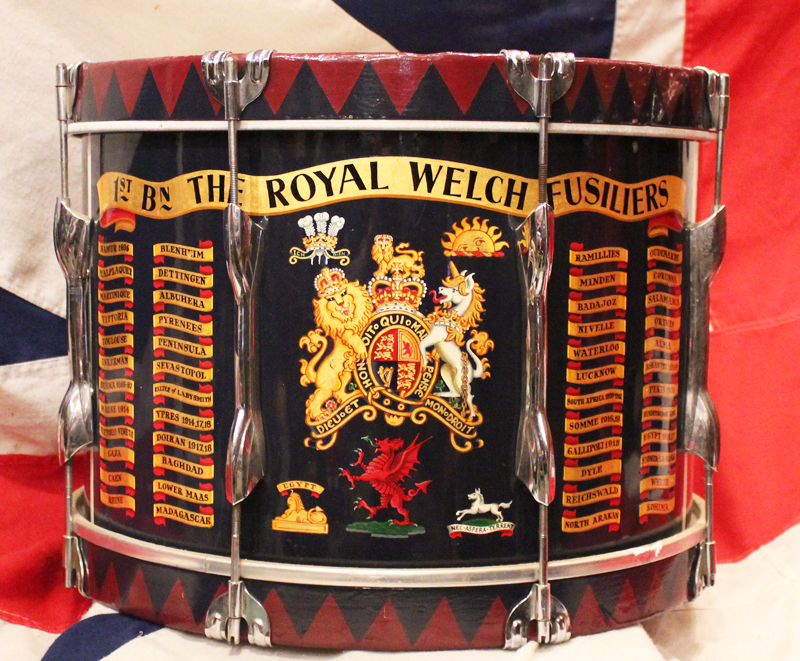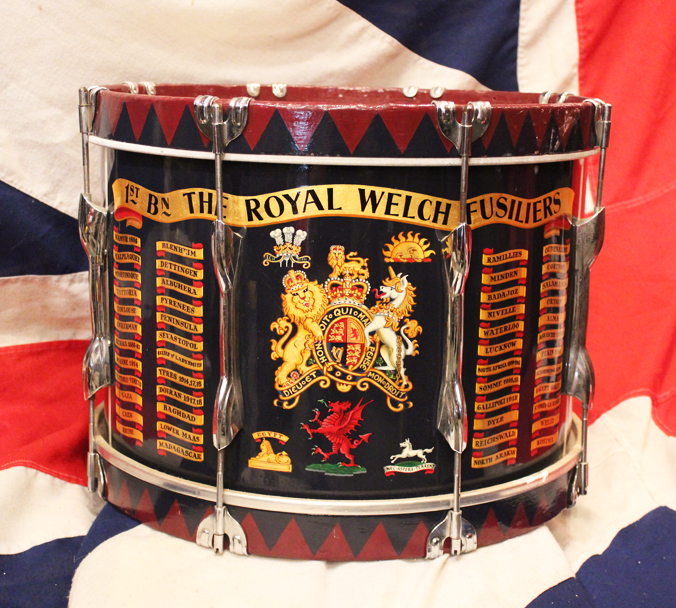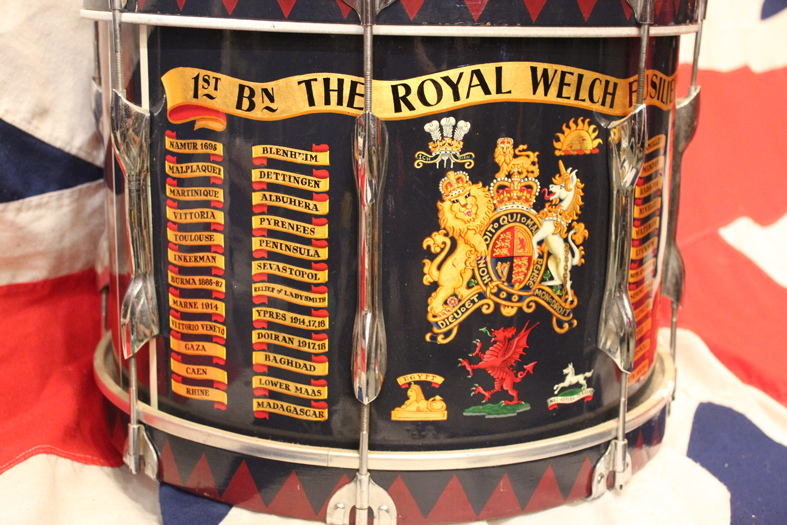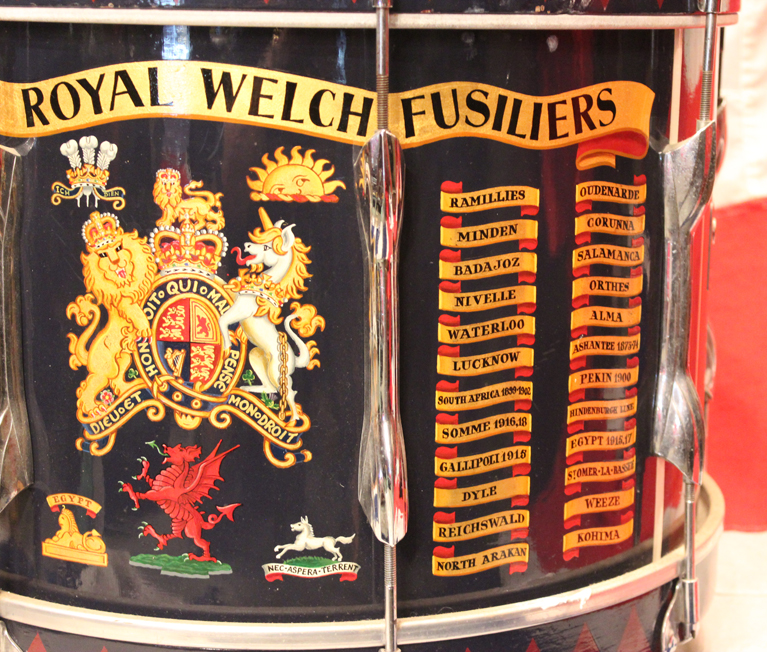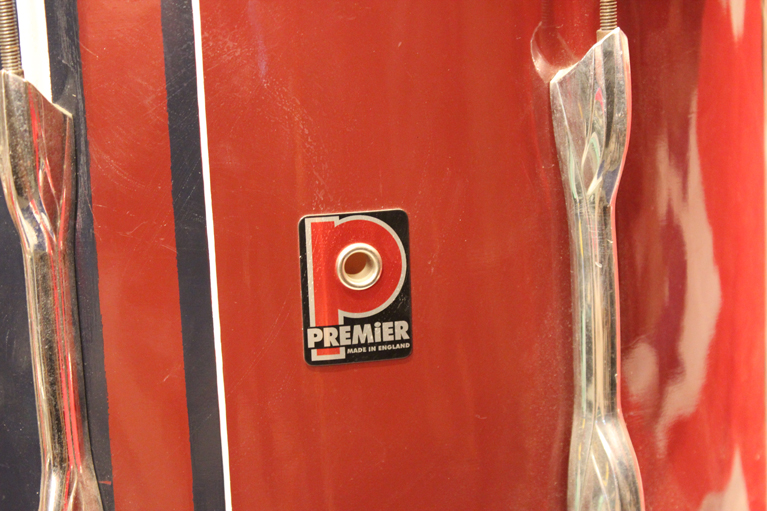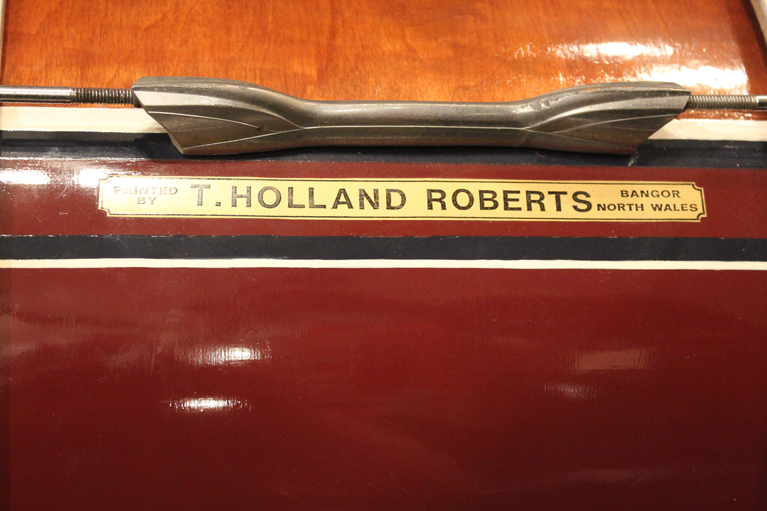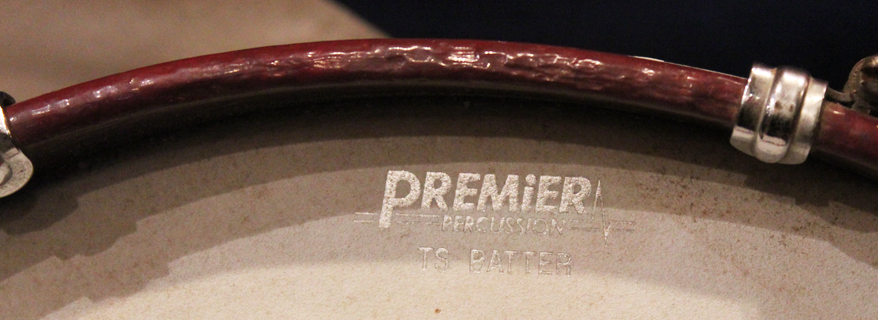A Superb ERII Painted Tenor Drum of the 1st Bn The Royal Welch Fusiliers.
The Royal Welch Fusiliers was a line infantry regiment of the British Army, part of the Prince of Wales' Division. It was founded in 1689 to oppose James II and to take part in the imminent war with France. The regiment was numbered as the 23rd Regiment of Foot, though it was one of the first regiments to be granted the honour of a fusilier title and so was known as The Welch Regiment of Fusiliers from 1702. The "Royal" accolade was earned fighting in the War of the Spanish Succession in 1713.
It was one of the oldest infantry regiments in the British Army, hence the archaic spelling of the word Welch instead of Welsh. In the Boer War and throughout the First World War, the army officially called the regiment "The Royal Welsh Fusiliers", but the archaic "Welch" was officially restored to the regiment's title in 1920 under Army Order No.56. During those decades, the regiment itself unofficially used the "Welch" form.
During the Second World War, the 1st Battalion, Royal Welch Fusiliers was a Regular Army unit and part of the 6th Infantry Brigade, assigned to the 2nd Infantry Division. It served in France in 1940 with the British Expeditionary Force. The battalion fought in the short but fierce battles of France and Belgium and was forced to retreat and be evacuated during the Dunkirk evacuation. After two years spent in the United Kingdom, waiting and preparing for the invasion that never came (Operation Sea Lion), the 1st RWF and the rest of 2nd Division were sent to British India to fight the Imperial Japanese Army after a string of defeats inflicted upon the British and Indian troops. The battalion was involved in the Burma Campaign, particularly the Battle of Kohima, nicknamed Stalingrad of the East due to the ferocity of fighting on both sides, that helped to turn the tide of the campaign in the South East Asian theatre. 14.25 inches high X 17 inches approx
Code: 20767
1100.00 GBP

